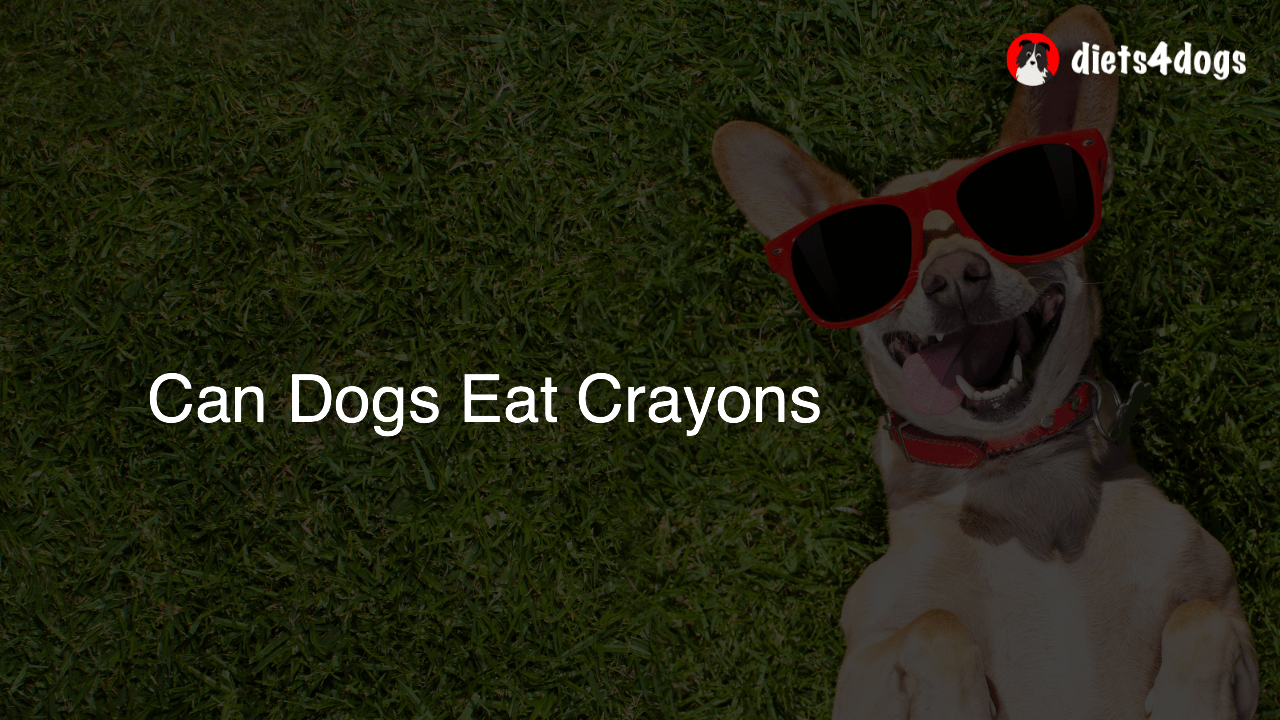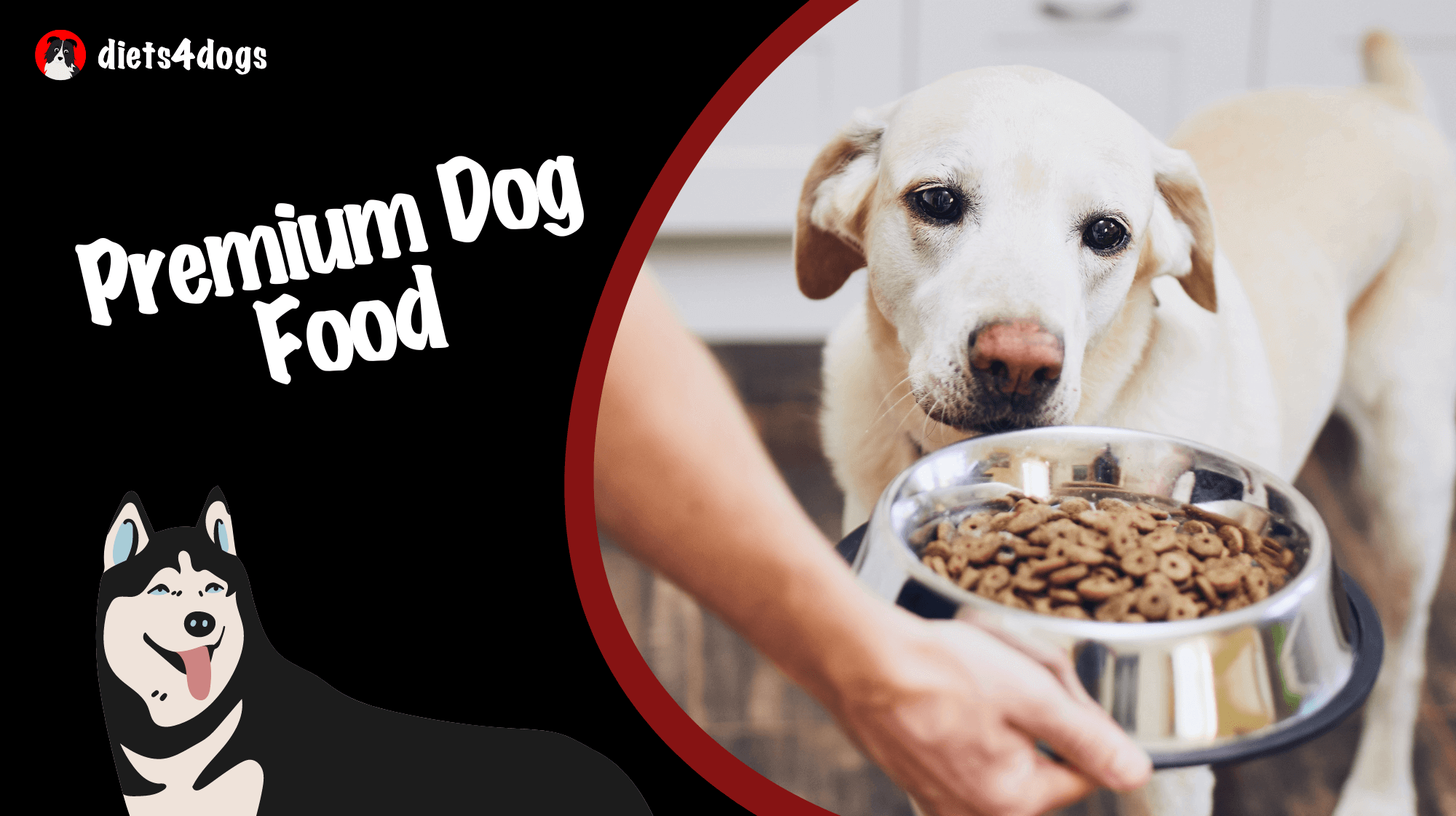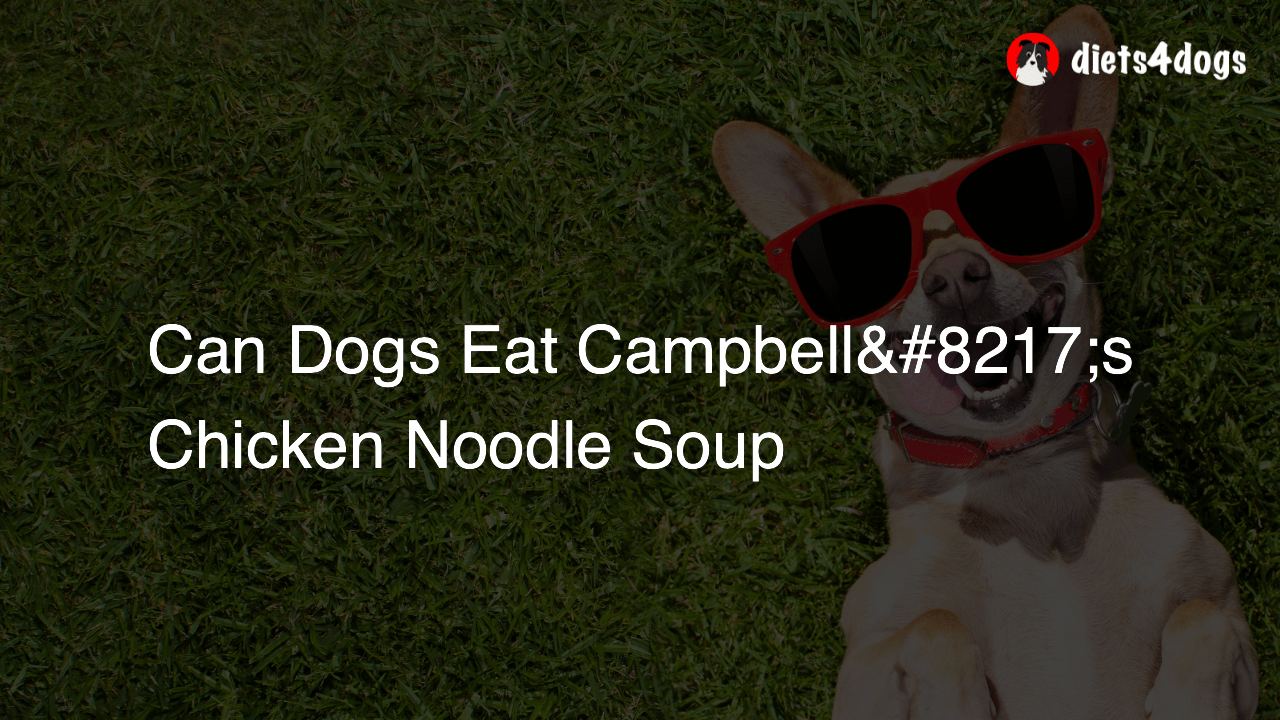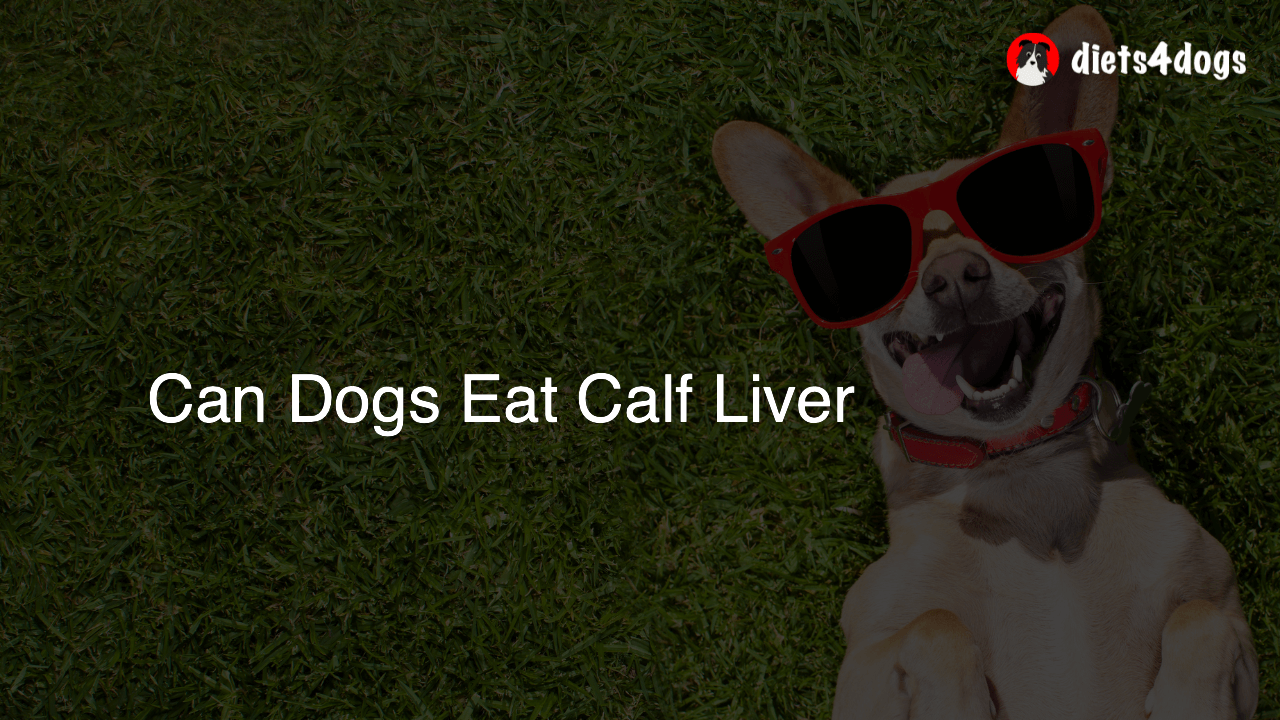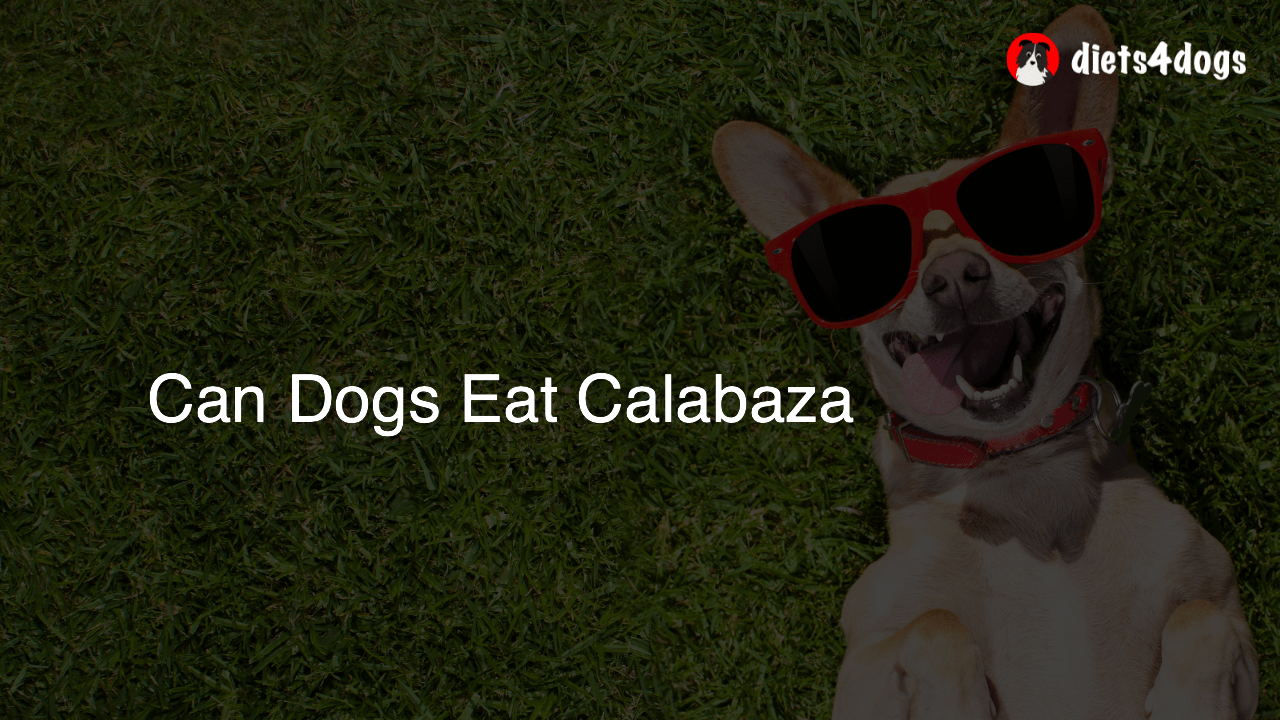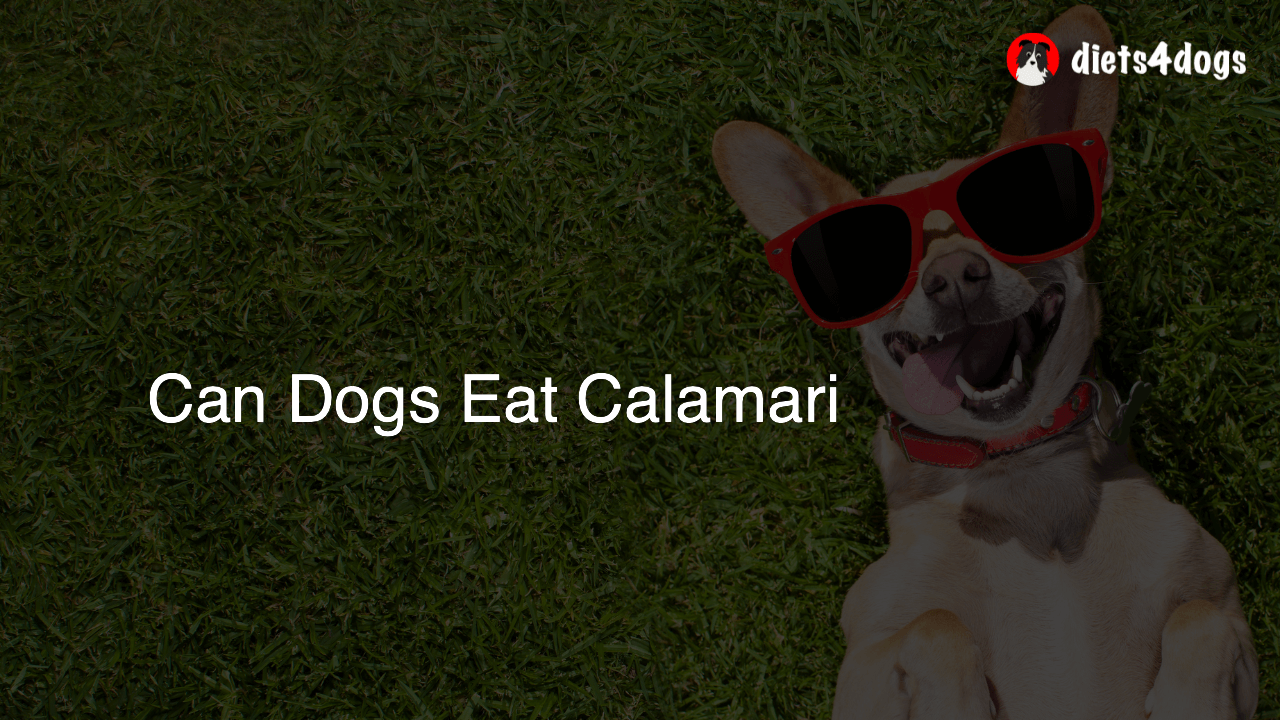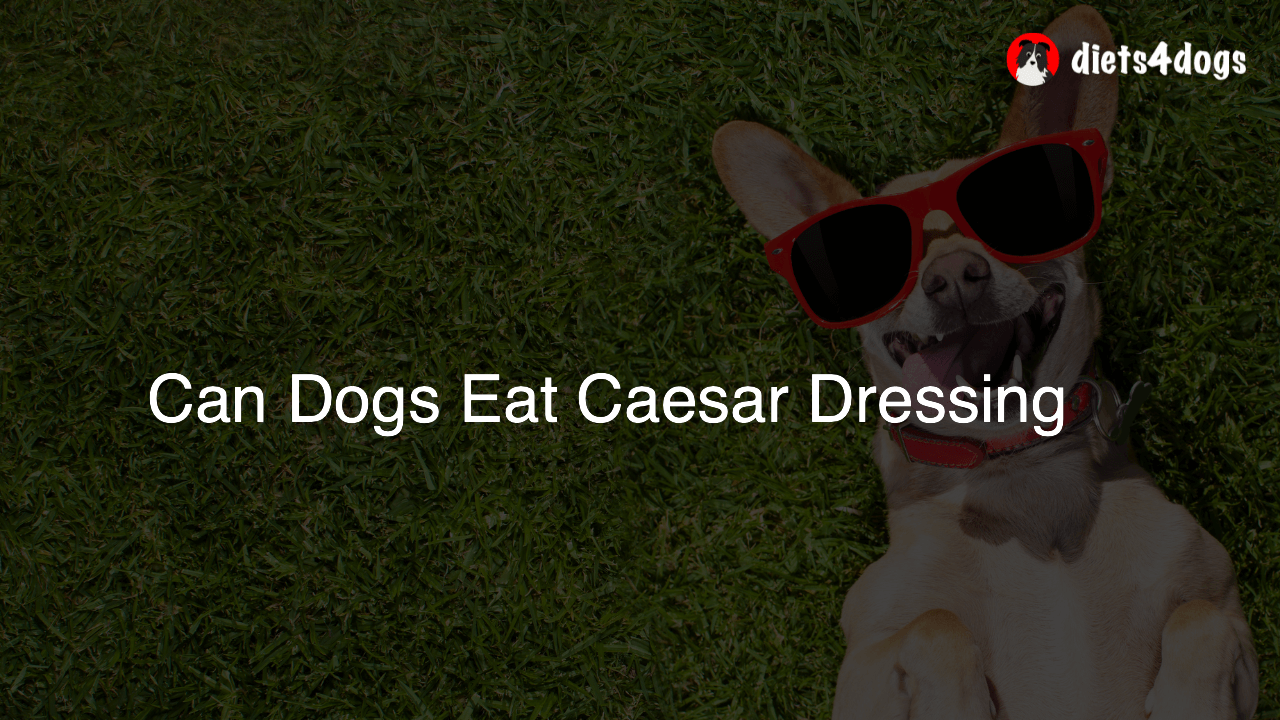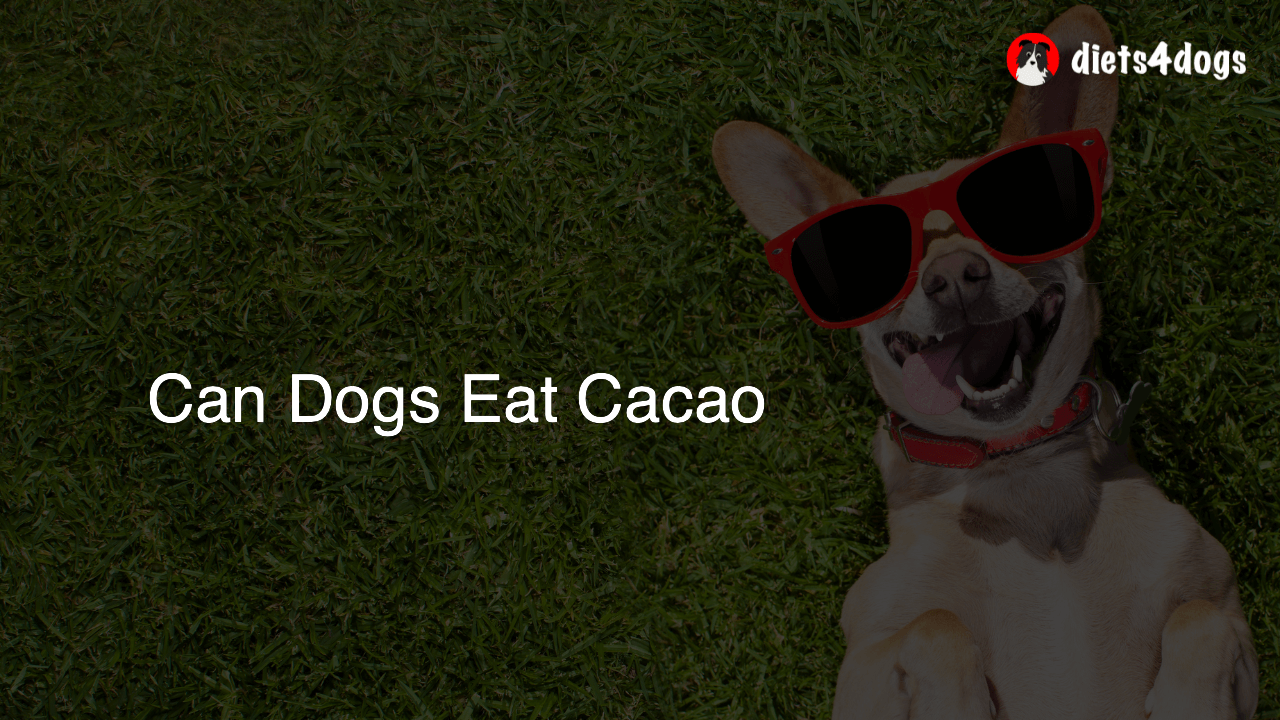Can Dogs Eat Crayons
While crayons are not toxic to dogs, they are not safe for consumption either. Consuming crayons can cause gastrointestinal issues, such as vomiting, diarrhea, and potential blockages. If your dog ingests a crayon, monitor them closely and consult your veterinarian for advice.
Can Dogs Eat Crayons
As a dog owner, it’s normal to be concerned about what your dog is chewing on, especially with the variety of household items they could potentially ingest. One item that dogs may come across are crayons. In this blog post, we will explore whether crayons are safe for dogs, the potential health risks, and how to deal with an incident in which your dog consumes crayons.
What’s in a Crayon?
Crayons are typically made from a combination of wax, pigment, and various additives. The wax is primarily composed of paraffin, which is a petroleum byproduct. Pigments in crayons give them their colors and may come from natural or synthetic sources. While the ingredients in crayons are generally considered non-toxic, they are not designed for consumption, especially by dogs.
Are Crayons Toxic to Dogs?
As mentioned before, crayons are not considered toxic to dogs. However, this does not mean they are safe for your canine friend to consume. Ingesting crayons can lead to gastrointestinal issues like vomiting, diarrhea, and can potentially cause blockages in a dog’s digestive system, depending on the size of the consumed crayon pieces.
Potential Health Risks
Choking Hazard
One obvious risk associated with dogs eating crayons is the potential choking hazard posed by smaller pieces. Dogs, especially younger ones, may not chew the crayon thoroughly before swallowing, which could result in large chunks getting lodged in their throats.
Gastrointestinal Blockage
Aside from the choking hazard, dogs that consume crayons could also experience gastrointestinal blockages. If the crayon fragments are unable to pass through the digestive system with ease, it could lead to blockages within the stomach or intestines. This could cause extreme discomfort, vomiting, diarrhea, and may require a veterinary intervention, such as surgery, to remove the blockage.
Allergic Reactions
While rare, some dogs may have an allergic reaction to the pigments or other additives present in the crayons. Symptoms of an allergic reaction could include itching, swelling, or difficulty breathing. If you suspect your dog is having an allergic reaction, make sure to consult with a veterinarian as soon as possible.
Preventive Measures and Tips
Pet-proof Your Space
To avoid any unwanted incidents, make sure your home is pet-proofed by keeping crayons and other non-food items out of your dog’s reach. This includes placing them in high spots or within closed containers.
Opt for Dog-Friendly Toys and Treats
Instead of giving in to your dog’s curiosity, invest in stimulating and entertaining toys designed specifically for dogs. A wide range of dog toys and treats cater to their natural chewing instincts without posing any health risks. Remember, a healthy dog food diet and proper exercise are essential to ensure your dog’s well-being.
What to Do If Your Dog Eats a Crayon
First and foremost, don’t panic. After taking the remaining crayon away, try to gauge how much of the crayon your dog consumed. Monitor your dog closely for any signs of discomfort, vomiting, or diarrhea. Contact your veterinarian for guidance and recommendations on the necessary steps to take. They may advise you to bring your dog in for an examination, especially if symptoms worsen or your dog is in distress.
In summary, while crayons are not toxic to dogs, they are not meant to be eaten. It’s essential to keep an eye on your pet to protect their health and well-being. By following the provided tips and guidelines, you can prevent unwanted incidents and ensure the safety of your furry friend.
Alternative Chewing Solutions for Dogs
If your dog is prone to chewing on various items, including crayons, it’s important to find safe alternatives that can keep them engaged and satisfy their chewing needs. Here are some suggestions:
Dog Chew Toys
There are numerous dog-specific chew toys available on the market, made from different materials like rubber, nylon, or even natural substances such as antlers or rawhide. Choose a toy that is appropriate for your dog’s size, age, and chewing habits. Some of these toys can be filled with treats or flavored pastes, making them more enticing for your furry friend.
Dental Treats
Dental treats are designed to not only cater to your dog’s chewing instincts but also help improve their dental health. These treats aid in removing plaque and tartar buildup, ensuring your dog maintains good oral hygiene.
Puzzle Toys and Interactive Feeders
To keep dogs mentally stimulated and entertained, consider puzzle toys and interactive feeders. These are designed to challenge your dog mentally by dispensing treats or dog food when your pet successfully completes the task. This engages your dog’s intelligence in a productive way while also satisfying their chewing needs.
Teaching Your Dog Not to Chew on Crayons
If your dog has developed a habit of chewing crayons, it’s important to teach them to stay away from this non-food item. Here are some tips on how to handle this behavior:
Positive Reinforcement
Using positive reinforcement is an effective way to train your dog to stop chewing on inappropriate items like crayons. Reward your dog with praise, treats, or playtime when they chew on an appropriate item, such as a designated chew toy. This will eventually help them understand the difference between acceptable and unacceptable items to chew.
Discourage Crayon Chewing
If you catch your dog chewing on a crayon, interrupt them with a firm “No!” or any other command they understand. Then, remove the crayon and redirect them towards their chew toy. Consistency is key for this training method to be successful.
Use Taste Deterrents
Another option is to use taste deterrents on crayons or other items your dog tends to chew. These deterrents come in spray forms and have a bitter taste that discourages dogs from chewing on the treated items.
By following these suggestions, you can help keep both your dog and your crayons safe. Always remember to supervise your dog, and if they do end up chewing an inappropriate item, consult with your veterinarian to ensure your pet’s health and safety.
FAQ Section
Here are some frequently asked questions and answers related to dogs chewing on crayons and other similar issues, which can provide further information and guidance on this topic.
1. Can dogs eat crayons?
Dogs should not eat crayons. Although they are not toxic, crayons can cause gastrointestinal issues such as vomiting and diarrhea, and potentially lead to blockages in the digestive tract.
2. What should I do if my dog ate a crayon?
If your dog consumes a crayon, monitor them closely for any signs of discomfort, vomiting, or diarrhea. It’s recommended to contact your veterinarian for guidance on how to proceed, especially if symptoms worsen or your dog is in distress.
3. Are there any potential health risks if my dog eats a crayon?
Potential health risks associated with dogs eating crayons include choking hazards, gastrointestinal blockages, and allergic reactions. If you suspect any of these issues, contact your veterinarian immediately.
4. How can I prevent my dog from eating crayons?
Practice pet-proofing your home by keeping crayons and other non-food items out of your dog’s reach. Provide your dog with appropriate chew toys and mentally-stimulating activities to divert their attention from chewing on crayons.
5. Are crayons toxic to dogs?
While crayons are not considered toxic to dogs, they are not meant for consumption. Ingesting crayons can lead to health issues that require veterinary attention.
6. Can dogs eat colored pencils?
Like crayons, colored pencils are not meant for consumption by dogs. Ingesting colored pencils can cause similar health issues as crayons, such as gastrointestinal problems and choking hazards. Keep colored pencils out of your dog’s reach.
7. What are some safe alternatives to crayons for dogs to chew on?
Safe chewing alternatives for dogs include dog-specific chew toys, dental treats, and puzzle toys or interactive feeders. These options cater to your dog’s natural chewing instincts while posing no health risks.
8. Can dogs eat wax?
Dogs should not consume wax. While small amounts of wax may pass through a dog’s digestive system without an issue, larger quantities can cause gastrointestinal problems or blockages.
9. How can I train my dog to stop chewing on inappropriate items like crayons?
Use positive reinforcement, discouraging crayon chewing, and taste deterrents to train your dog to stop chewing on inappropriate items. Reward them with praise, treats, or playtime when they chew on designated toys, and be consistent with your training efforts.
10. Do I need to take my dog to the vet if they ate a crayon?
If your dog consumes a crayon, monitor them closely for symptoms like vomiting, diarrhea, or discomfort. It’s a good idea to consult with your veterinarian for advice and recommendations on whether you should bring your dog in for an examination.

